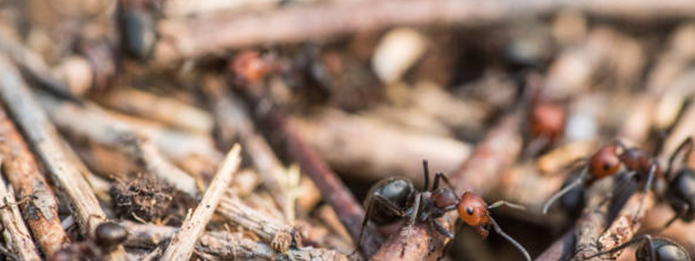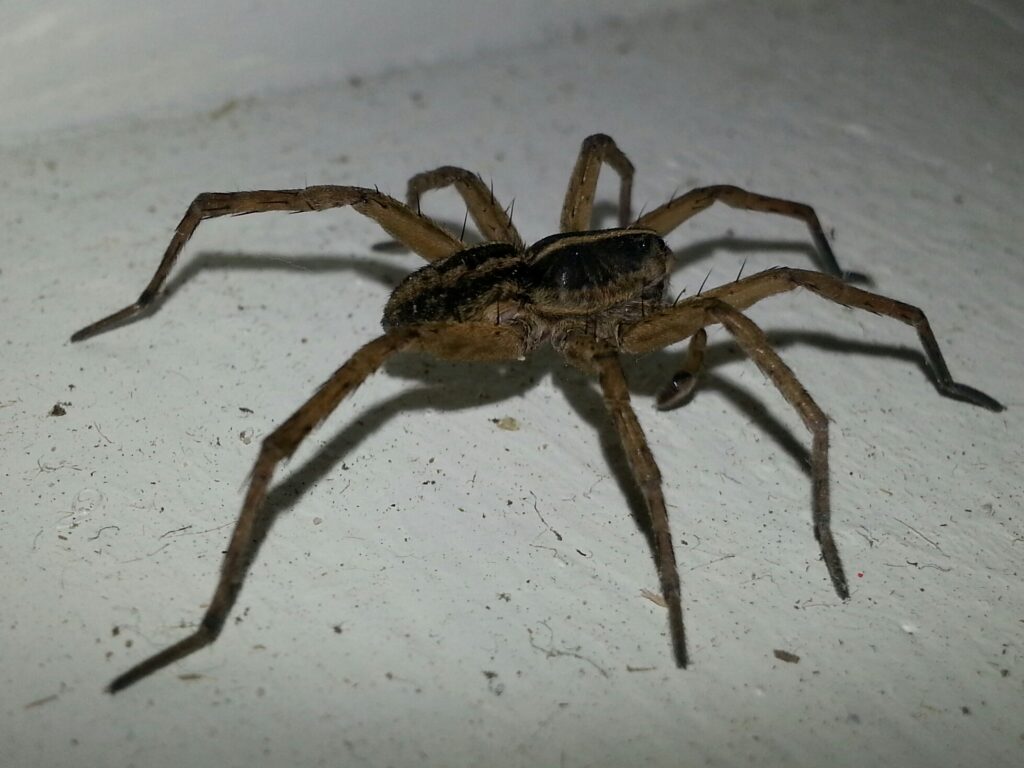 Carpenter ants are relatively common, yet their population is increasing throughout the Niagara area. However, just because they are common doesn’t mean you want them to establish their colonies near or in your home or business. It’s essential to take steps to remedy the situation should you notice carpenter or signs of their colonies nearby as they can damage buildings. Once they are removed, it’s also important to make the area less suitable for their needs.
To better understand carpenter ants, identify their colonies, and manage their population, make sure to read our guide below.
Carpenter ants are relatively common, yet their population is increasing throughout the Niagara area. However, just because they are common doesn’t mean you want them to establish their colonies near or in your home or business. It’s essential to take steps to remedy the situation should you notice carpenter or signs of their colonies nearby as they can damage buildings. Once they are removed, it’s also important to make the area less suitable for their needs.
To better understand carpenter ants, identify their colonies, and manage their population, make sure to read our guide below.
 Carpenter ants are relatively common, yet their population is increasing throughout the Niagara area. However, just because they are common doesn’t mean you want them to establish their colonies near or in your home or business. It’s essential to take steps to remedy the situation should you notice carpenter or signs of their colonies nearby as they can damage buildings. Once they are removed, it’s also important to make the area less suitable for their needs.
To better understand carpenter ants, identify their colonies, and manage their population, make sure to read our guide below.
Carpenter ants are relatively common, yet their population is increasing throughout the Niagara area. However, just because they are common doesn’t mean you want them to establish their colonies near or in your home or business. It’s essential to take steps to remedy the situation should you notice carpenter or signs of their colonies nearby as they can damage buildings. Once they are removed, it’s also important to make the area less suitable for their needs.
To better understand carpenter ants, identify their colonies, and manage their population, make sure to read our guide below.

